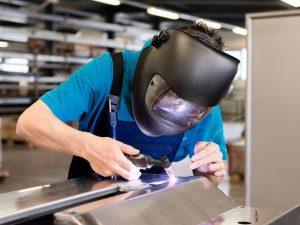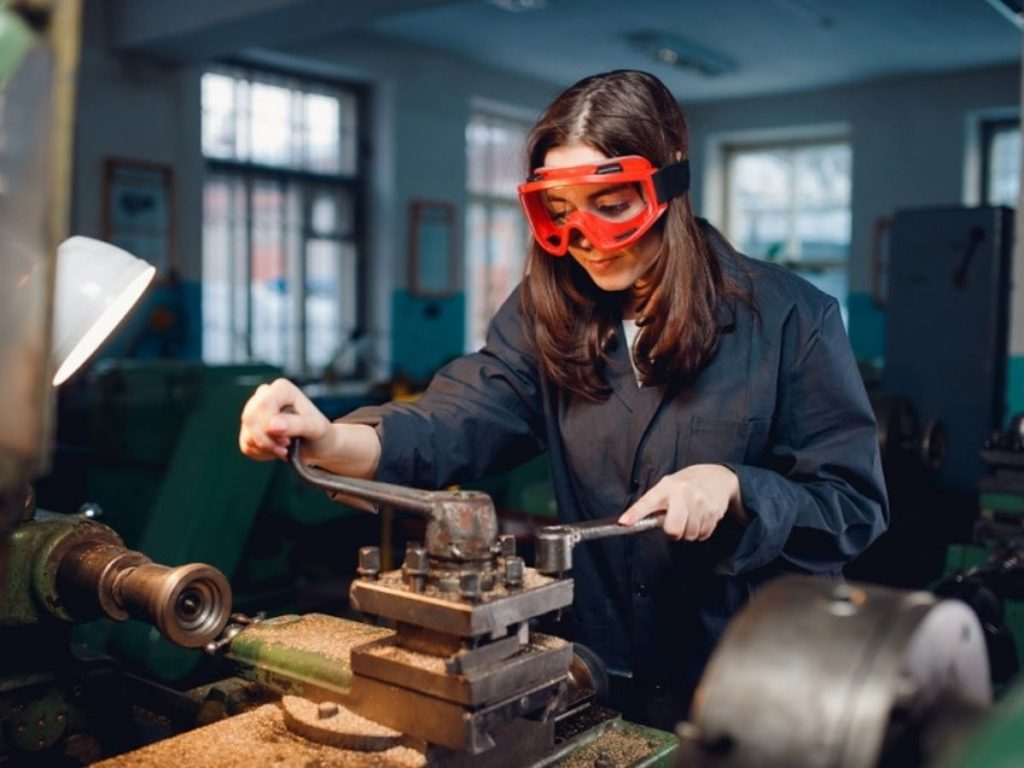How Long Does It Take To Get a Welding Certification?
Welding is a process of joining two pieces of metal or other materials together by causing coalescence. This is usually done by melting the workpieces and adding a filler material to form a pool of molten material (the weld pool) that cools to form a joint.
There are many different types of welding processes, such as arc welding, gas metal arc welding, and gas tungsten arc welding. The most common type of welding is stick welding, which is often used in home repairs and small projects. If you’re interested in getting certified in welding, here’s what you need to know.
How long does it take to get certified?
The length of time it takes to get a welding certification depends on the level of certification you’re going for. There are three main levels of welding certifications: entry-level, journeyman, and master welder.
Entry-level certification generally takes around two weeks to complete. Journeyman certification usually takes around four weeks, while a master welder certification can take up to eight weeks.
However, the amount of time it takes to get certified also depends on how much experience you have. If you already have some welding experience, you may be able to complete your certification in a shorter amount of time.
In general, getting a welding certification is a relatively quick process compared to other certifications or licenses. With the right preparation, you can earn your certification in a matter of weeks.

Why get certified?
While there’s no legal requirement to get certified as a welder, many employers prefer or require candidates to have some sort of formal certification. This is because welders who are certified have proven their skills and knowledge in accordance with industry standards.
Certification also gives welders a sense of pride and accomplishment. It shows that they are serious about their trade and are committed to being the best welder they can be.
There are many different welding certifications available, and welders can choose the one that best suits their needs. Some certifications are specific to a certain type of welding, while others are more general.
Some of the most popular welding certifications include:
- – American Welding Society (AWS)
- – American Society of Mechanical Engineers (ASME)
- – National Institute for Certification in Engineering Technologies (NICET)
Choosing the right welding certification can be a difficult task. There are many different welding certifications available, and each has its own benefits and drawbacks.
The best way to choose a welding certification is to consult with a welding professional or an employer to find out which certification is right for you.
What do welders need to know?
In addition to passing an exam, welders who are looking to get certified need to have a basic understanding of mathematics and science. They should also be familiar with the different types of welding processes and materials.
If you’re interested in becoming a welder, start by doing some research on the different types of welding certifications available. Once you’ve decided which certification you want to pursue, enroll in a welding program at your local vocational school or community college. Many welding programs require students to take an entrance exam, so be sure to brush up on your math and science skills before taking the test.
After completing a welding program, you’ll need to pass an exam in order to earn your certification. The American Welding Society (AWS) offers several different types of welding certification exams, so be sure to consult with your program coordinator to determine which exam is right for you.
Once you’ve passed the exam and earned your certification, you’ll be well on your way to a career as a welder. With the right training and certification, you can find a job in a variety of industries, including construction, automotive manufacturing, and shipbuilding.
Welders who are certified by AWS generally enjoy better job prospects and earn higher wages than those who are not certified. If you’re looking to start a career in welding, be sure to research the different types of certifications available and enroll in a welding program at your local vocational school or community college.
Conclusion:
Welding is a process of joining two pieces of metal or other materials together by causing coalescence. This is usually done by melting the workpieces and adding a filler material to form a pool of molten material (the weld pool) that cools to form a joint. There are many different types of welding processes, such as arc welding, gas metal arc welding, and gas tungsten arc welding. The most common type of welding is stick welding, which is often used in home repairs and small projects. If you’re interested in getting certified in Welding, here’s what you need to know about the process and why it’s beneficial for your career prospects down the road.

